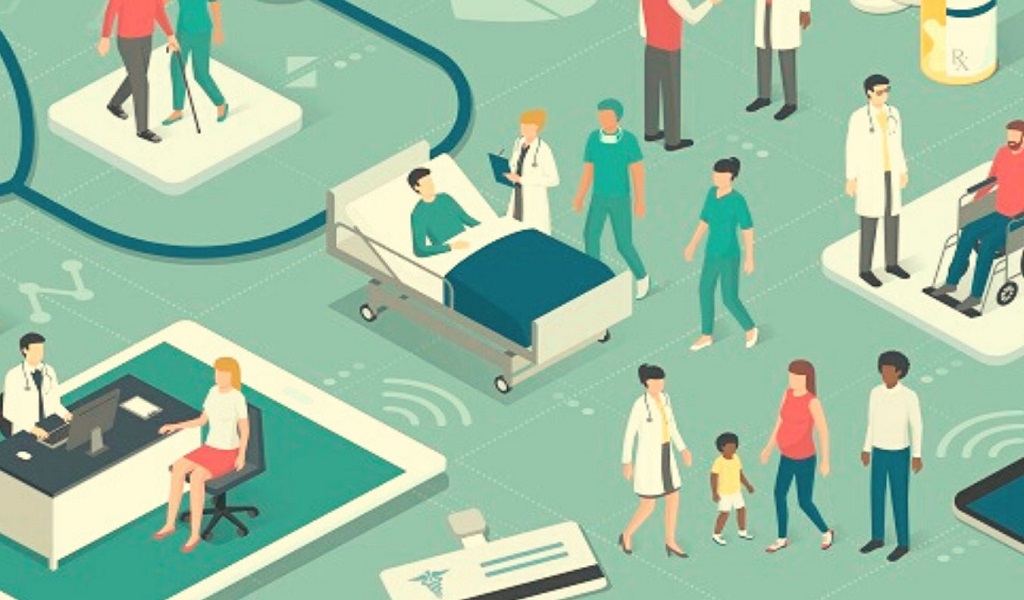Bridging the Gap in Rural Healthcare – Key Benefits

Healthcare is a basic human right, but vast regions of the world don’t have access to qualified medical facilities. Telemedicine can help to bridge this gap by making healthcare services more accessible.
Telemedicine encompasses a broad range of technology-based healthcare solutions. From virtual check-ins to telesurgery, healthcare professionals can monitor patients remotely.
Increased Patient Adherence
As the COVID-19 pandemic continues, many communities are embracing the benefits of telemedicine to keep people healthy. For rural populations, telehealth is especially useful. It can help to make healthcare more accessible for mountain families, tribal members in the Southwest and Dakotas, military personnel on small Pacific islands, ranchers scattered across America’s vast open spaces, and others living far from urban centers.
As payer coverage of telemedicine expands, it becomes even more important for providers to consider utilizing this technology innovatively. This can include virtual clinics outside regular office hours and working in teams to provide care for various specialties simultaneously.
In addition, telemedicine can also be used to assist with remote monitoring of health and medical status using technologies such as blood pressure monitors, measuring scales, and glucometers that are integrated into a smart device or connected to the Internet via stable broadband. This provides valuable data and allows physicians to diagnose patients better and determine the best course of treatment.
Additionally, a lack of transportation is often cited as a barrier to adequate healthcare in rural areas. Telemedicine eliminates this issue by making it easier to schedule appointments and receive the care you need without traveling long distances. This can be particularly beneficial for patients with chronic diseases that require regular check-ins, like diabetes and heart disease.
Improved Access to Care
Often, accessing healthcare in rural areas is difficult. Patients might have to travel for hours to see a doctor, which makes it harder to keep regular appointments and can lead to health problems. This is especially true for rural patients who face higher rates of poor health outcomes, including mental health challenges, chronic diseases, and substance use disorders.
For example, a patient prescribed medication for congestive heart failure might not refill it because they don’t have time to travel two hours to see their cardiologist for a follow-up appointment. This could lead to dangerously high blood glucose levels and subsequent hospital admission.
A telemedicine program can help address this problem by making it easier for patients to get the care they need without traveling long distances. In addition, telemedicine programs can help improve care quality by increasing patient satisfaction and reducing costs.
Additionally, telemedicine can provide specialty care in rural communities that would otherwise be impossible. For instance, Intermountain Healthcare uses telemedicine to deliver specialist care to remote locations, allowing children and families to stay local instead of traveling for services that can be provided at nearby children’s hospital. This allows the parents to save money and travel time, while also ensuring that their children have access to the best possible care.
Reduced Costs
When you reduce the amount of time that patients have to visit your office in person, it naturally cuts down on costs. Telemedicine also saves physicians on overhead expenses like gas and electricity consumption and other utilities. Additionally, many practices report saving as much as half the cost of an in-person appointment with telemedicine.
In addition, telemedicine makes healthcare more accessible to low-income patients. This is especially important during the Covid19 pandemic, when many people struggle to afford essentials such as food and medicine. In a telemedicine visit, patients can avoid paying out-of-pocket copays and other fees by leveraging their existing insurance coverage, or by paying a fixed fee for the virtual visit.
Finally, telemedicine provides access to specialists for patients who might otherwise be unable to afford in-person consultations. This can be especially beneficial for patients who care for children or elderly relatives, or those who cannot afford to take time off of work to travel long distances to see their doctor.
Despite the growing popularity of telemedicine, only some have access to this healthcare technology. Rural and low-income individuals may need broadband internet service, or experience slow internet connections that limit their ability to use a telemedicine portal. This can create a digital divide and limit the healthcare benefits that telemedicine could offer.
Improved Patient Satisfaction
Telemedicine has been found to provide improved patient satisfaction. Patients who are satisfied with their care will continue to visit the same healthcare institution, leading to better adherence and persistence in treatment. In addition, telemedicine also provides a way for patients to receive specialized care that isn’t available locally. For example, if a patient needs a specialist for a novel disease onset, they can schedule a telehealth appointment with an expert from another city.
However, it is important to note that telemedicine does not replace office visits for emergencies. For example, patients should not use telemedicine for heart attack or stroke symptoms, uncontrolled bleeding, severe abdominal pain, loss of consciousness, or a suspected broken bone. Additionally, a doctor cannot perform a physical examination during a telemedicine visit, so it is important to have a backup plan if the technology fails.
In the United States, many rural residents face difficulty accessing healthcare due to limited provider availability. Telemedicine is a cost-effective solution to address this issue and improve patient outcomes. Patients can access telemedicine services from the comfort of their homes or offices, reducing transportation barriers and associated costs. This is particularly beneficial for elderly patients, people with disabilities or those with limited mobility, who often struggle with getting to and from appointments.
